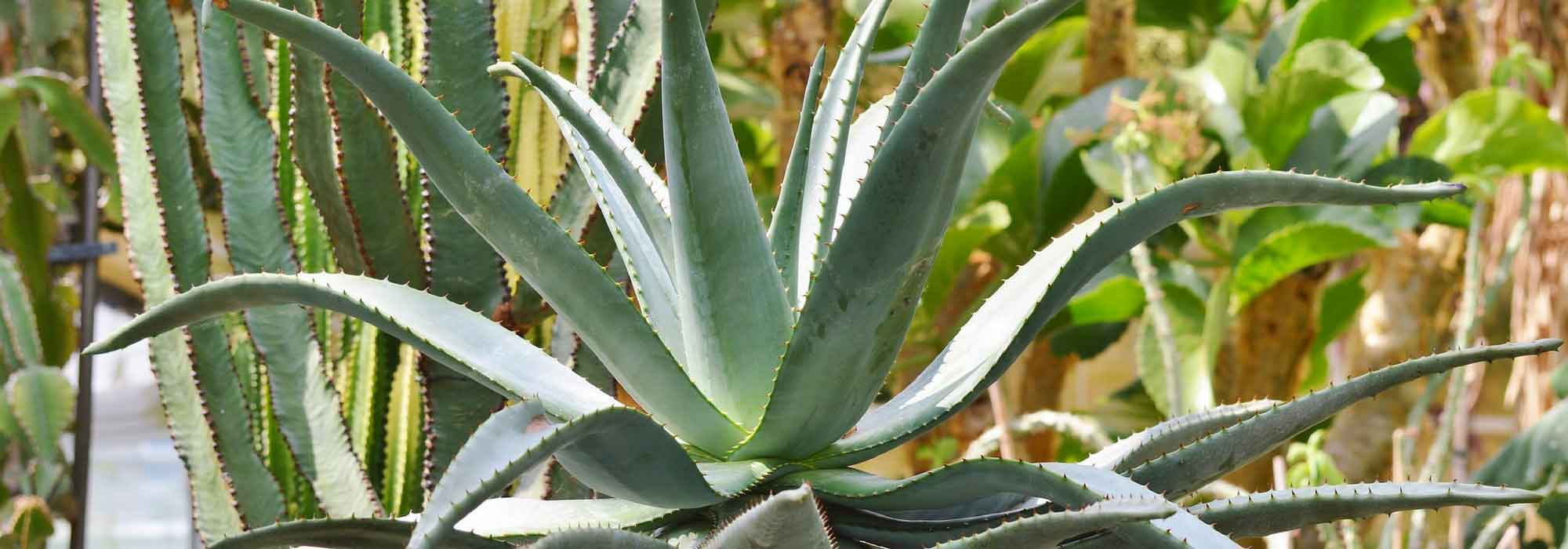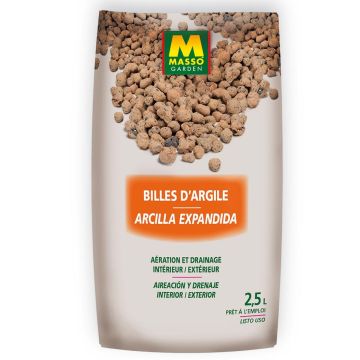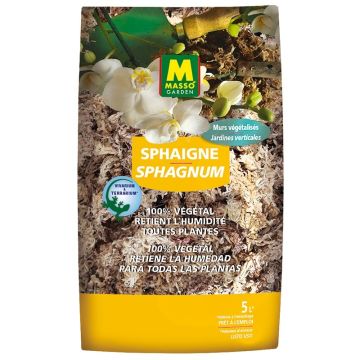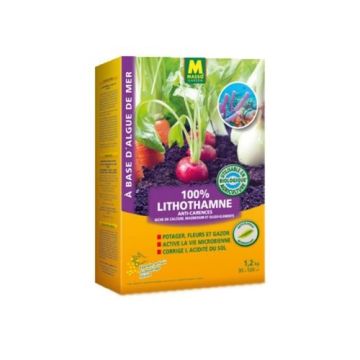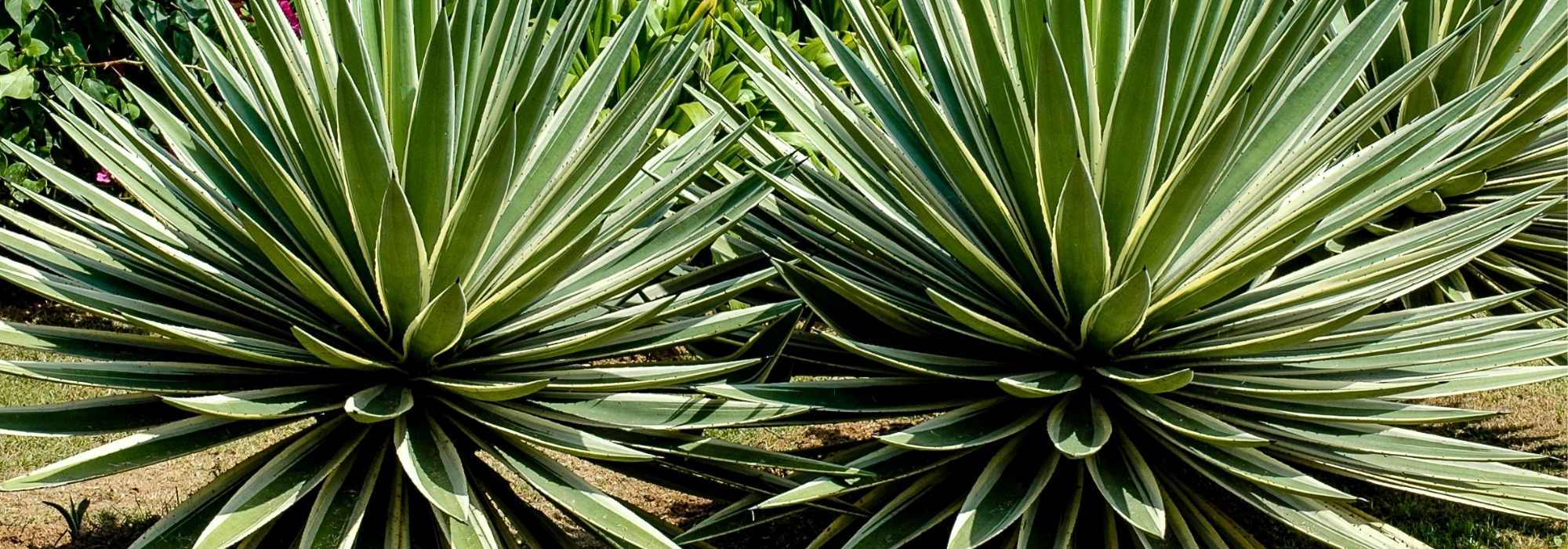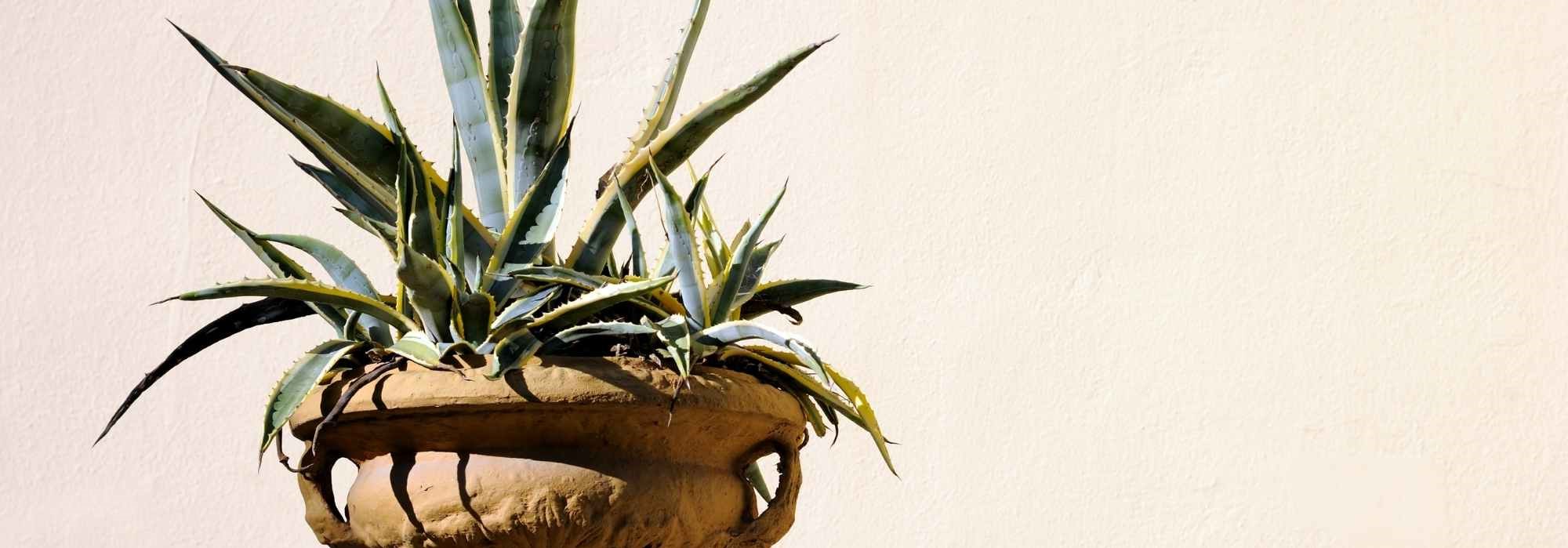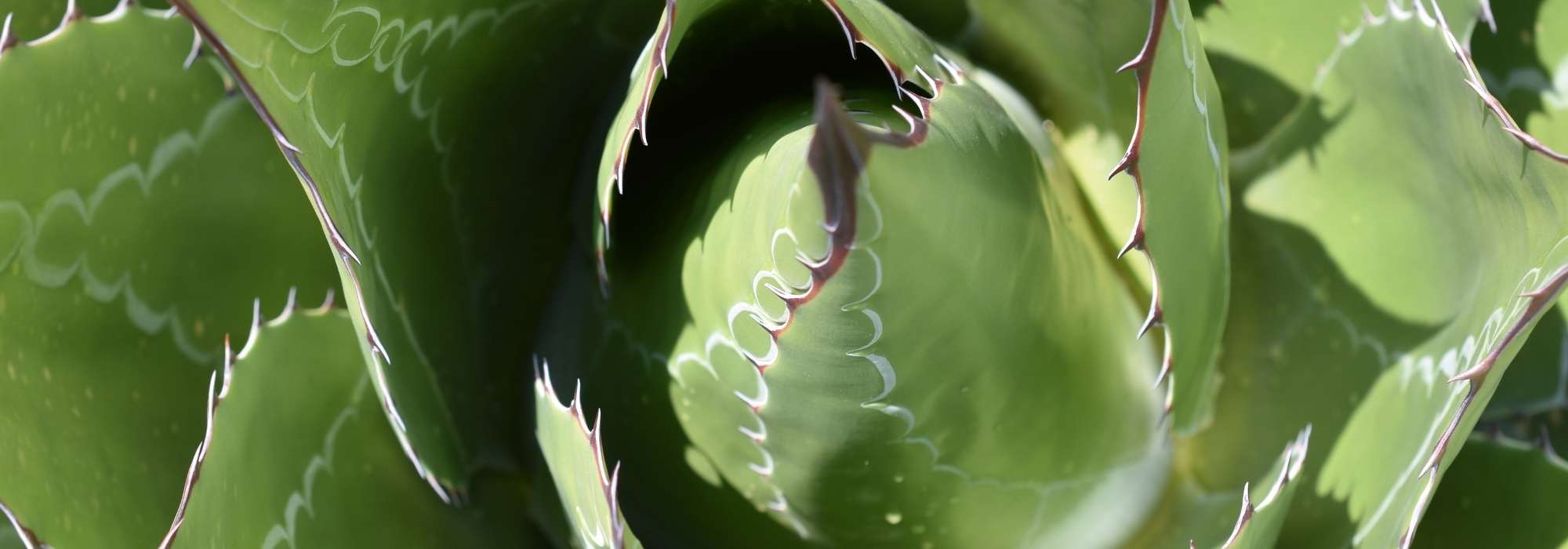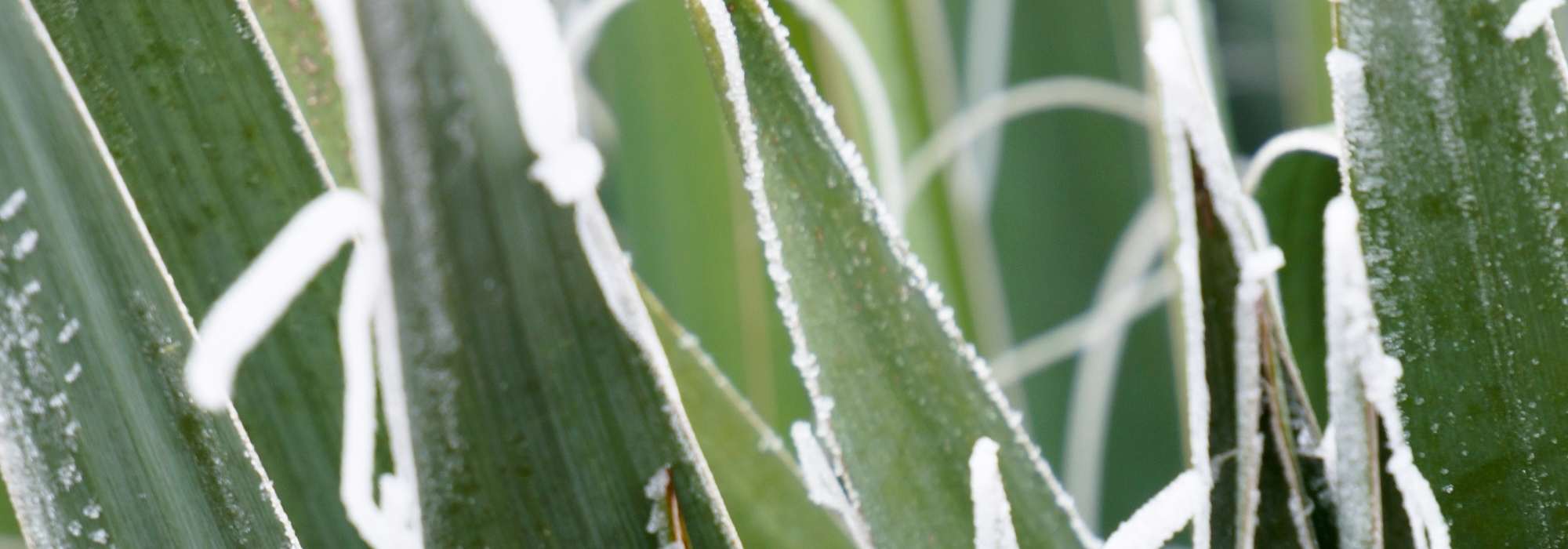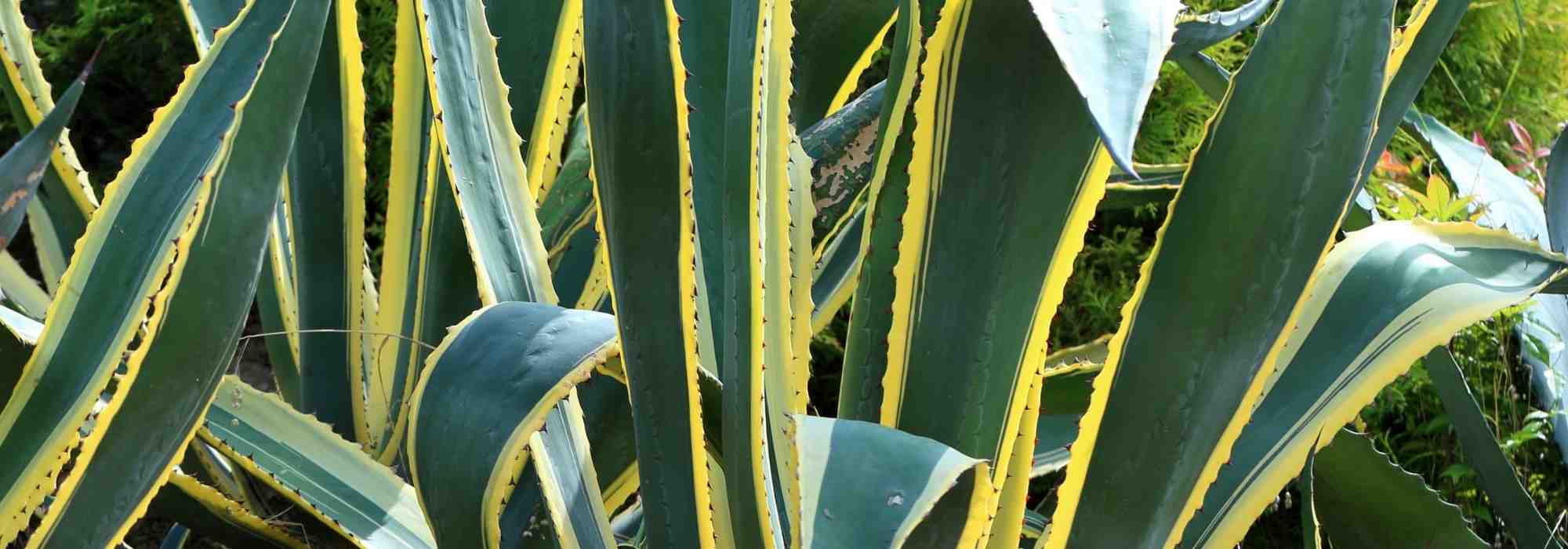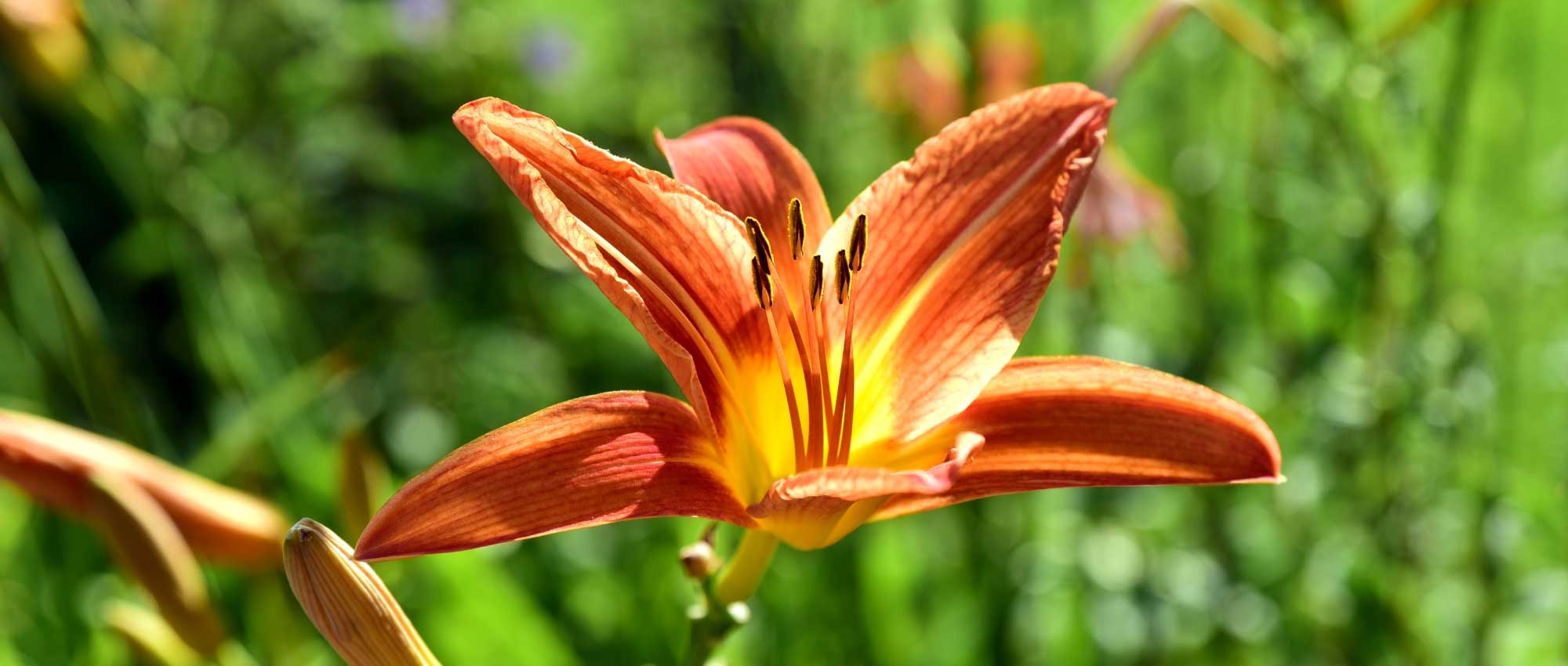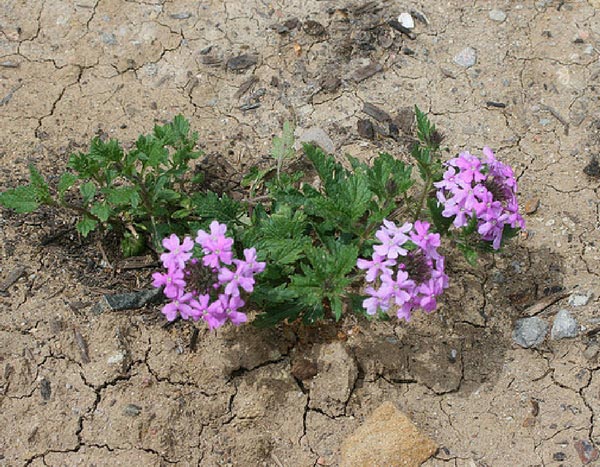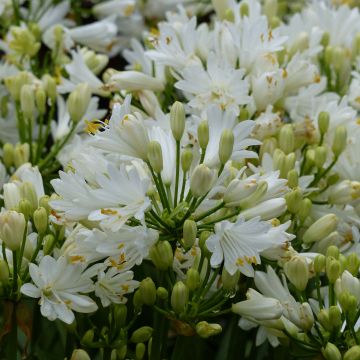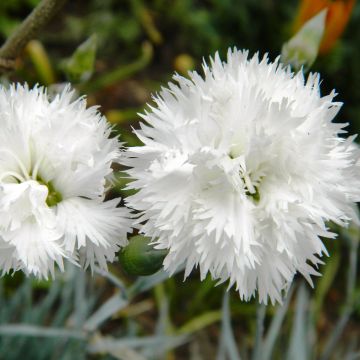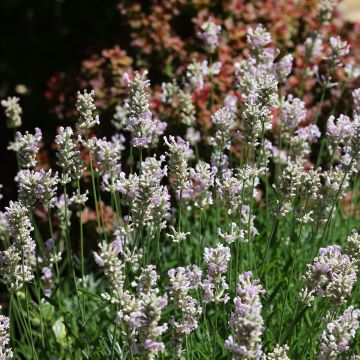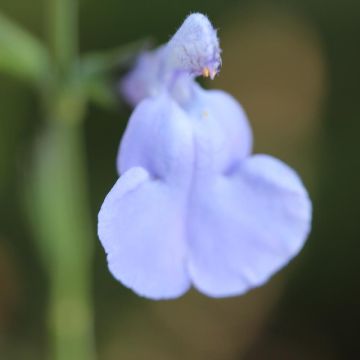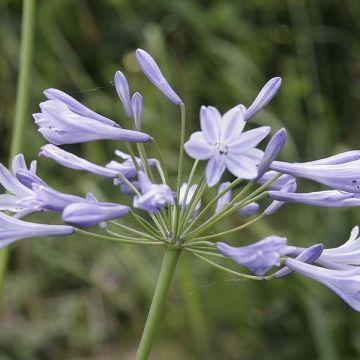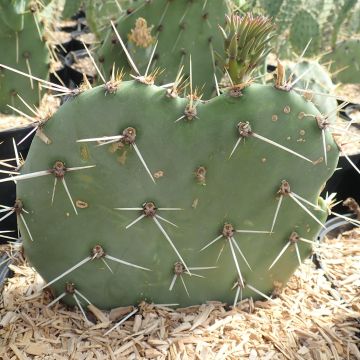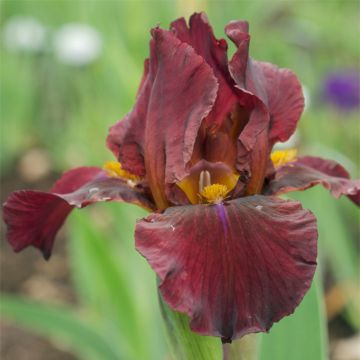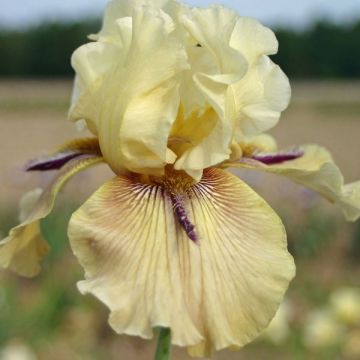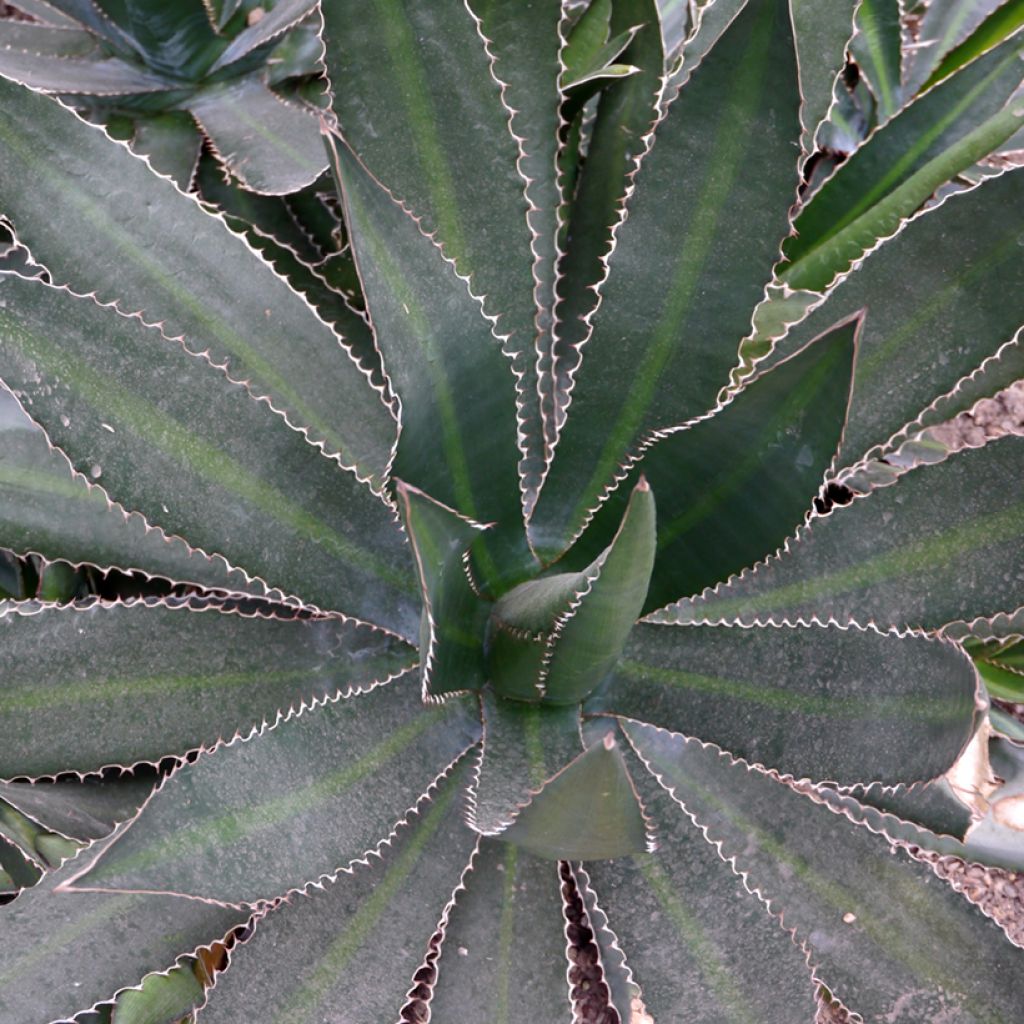

Agave lophantha f. latifolia Ensifera
Agave lophantha f. latifolia Ensifera
Agave lophantha f. latifolia 'Ensifera'
Special offer!
Receive a €20 voucher for any order over €90 (excluding delivery costs, credit notes, and plastic-free options)!
1- Add your favorite plants to your cart.
2- Once you have reached €90, confirm your order (you can even choose the delivery date!).
3- As soon as your order is shipped, you will receive an email containing your voucher code, valid for 3 months (90 days).
Your voucher is unique and can only be used once, for any order with a minimum value of €20, excluding delivery costs.
Can be combined with other current offers, non-divisible and non-refundable.
Home or relay delivery (depending on size and destination)
Schedule delivery date,
and select date in basket
This plant carries a 12 months recovery warranty
More information
We guarantee the quality of our plants for a full growing cycle, and will replace at our expense any plant that fails to recover under normal climatic and planting conditions.
Would this plant suit my garden?
Set up your Plantfit profile →
Description
Agave lophantha latifolia 'Ensifera' is an interesting succulent plant for its striking appearance and its resilience to arid conditions. This variety stands out with its particularly long, narrow, and rigid leaves, forming a dense and symmetrical rosette. Its foliage is almost uniformly green, edged with sharp teeth. Hardy down to -8°C, it adapts well to Mediterranean gardens, rockeries, and dry borders. In pots, this agave is easy to grow on a terrace or balcony.
Agave lophantha f. latifolia 'Ensifera' belongs to the Asparagaceae family. The original species is native to coastal regions of southern Texas and northeastern Mexico, particularly low-altitude coastal areas. This variety of Agave lophantha differs from more common forms with its more tapered, barely variegated foliage and more pronounced serration, offering a finer and more structured silhouette. The plant develops into a dense and symmetrical rosette. Its long leaves are narrow, rigid, and upright. The uniformly dark green foliage lacks the lighter central stripe found in other varieties, and the margins are finely toothed with sharp thorns. At maturity, when planted in the ground, the plant reaches about 50-60 cm in height with a similar spread. In pots, its dimensions are generally smaller, around 30 to 40 cm in height and width. Its growth is slow, and it produces offsets at the base, gradually forming dense colonies. Flowering is rare and occurs after several years with a flower spike that can reach 3 to 4 m in height, bearing greenish-yellow flowers. After flowering, the rosette dies, but the offsets ensure the plant's continuity. The fruits are inedible, oblong capsules. The root system is shallow but extensive, adapted to well-drained soils. Its sharp thorns require some precautions: it is recommended to plant it away from high-traffic areas.
The word 'Ensifera' comes from the Latin "ensis", meaning sword, and "fera", meaning to bear or to carry a characteristic. Thus, "Ensifera" can be translated as "sword-bearing" or "sword-shaped", referencing the long, narrow, and rigid leaves of this variety.
Ideal when paired with other succulents and xerophytic plants, Agave lophantha 'Ensifera' fits perfectly into mineral compositions and arid-themed gardens. Perfect as a standalone specimen on a gravel bed or integrated into a rockery, it works well in the foreground of a cacti and succulents border. Along a terrace edge or in a pot on a sunny balcony, it is equally valuable, adding a sculptural presence without demanding excessive care. It pairs well with plants featuring softer foliage, such as Hesperaloe parviflora. For an even more contrasting composition, it can be paired with a Yucca rostrata, whose slender habit and blue-grey foliage create an architectural, airy backdrop. Nolina nelsonii, with its light and bushy structure, balances the agave's rigidity.
Agave lophantha f. latifolia Ensifera in pictures


Flowering
Foliage
Plant habit
Botanical data
Agave
lophantha f. latifolia
'Ensifera'
Asparagaceae
Agave univittata f. latifolia Ensifera, Agave heteracantha f. latifolia Ensifera
North America
Planting and care
Plant Agave lophantha 'Ensifera' in full sun, preferably in poor soil, even stony, chalky, sandy, but well-drained. It dislikes winter moisture and cold, and tolerates dry soils perfectly in summer. It will withstand light frosts, down to around -8°C if the soil is dry.
In pots: choose a fairly wide pot (40-50 cm in diameter), with drainage holes at the bottom, preferably made of terracotta. Use a light mix of compost, sand and garden soil. This agave should be stored indoors during winter, in a lightly heated room or cold greenhouse, sheltered from severe frosts, outside the warmest regions. Watering should be greatly reduced during winter.
Planting period
Intended location
Care
Planting & care advice
This item has not been reviewed yet - be the first to leave a review about it.
Similar products
Haven't found what you were looking for?
Hardiness is the lowest winter temperature a plant can endure without suffering serious damage or even dying. However, hardiness is affected by location (a sheltered area, such as a patio), protection (winter cover) and soil type (hardiness is improved by well-drained soil).

Photo Sharing Terms & Conditions
In order to encourage gardeners to interact and share their experiences, Promesse de fleurs offers various media enabling content to be uploaded onto its Site - in particular via the ‘Photo sharing’ module.
The User agrees to refrain from:
- Posting any content that is illegal, prejudicial, insulting, racist, inciteful to hatred, revisionist, contrary to public decency, that infringes on privacy or on the privacy rights of third parties, in particular the publicity rights of persons and goods, intellectual property rights, or the right to privacy.
- Submitting content on behalf of a third party;
- Impersonate the identity of a third party and/or publish any personal information about a third party;
In general, the User undertakes to refrain from any unethical behaviour.
All Content (in particular text, comments, files, images, photos, videos, creative works, etc.), which may be subject to property or intellectual property rights, image or other private rights, shall remain the property of the User, subject to the limited rights granted by the terms of the licence granted by Promesse de fleurs as stated below. Users are at liberty to publish or not to publish such Content on the Site, notably via the ‘Photo Sharing’ facility, and accept that this Content shall be made public and freely accessible, notably on the Internet.
Users further acknowledge, undertake to have ,and guarantee that they hold all necessary rights and permissions to publish such material on the Site, in particular with regard to the legislation in force pertaining to any privacy, property, intellectual property, image, or contractual rights, or rights of any other nature. By publishing such Content on the Site, Users acknowledge accepting full liability as publishers of the Content within the meaning of the law, and grant Promesse de fleurs, free of charge, an inclusive, worldwide licence for the said Content for the entire duration of its publication, including all reproduction, representation, up/downloading, displaying, performing, transmission, and storage rights.
Users also grant permission for their name to be linked to the Content and accept that this link may not always be made available.
By engaging in posting material, Users consent to their Content becoming automatically accessible on the Internet, in particular on other sites and/or blogs and/or web pages of the Promesse de fleurs site, including in particular social pages and the Promesse de fleurs catalogue.
Users may secure the removal of entrusted content free of charge by issuing a simple request via our contact form.
The flowering period indicated on our website applies to countries and regions located in USDA zone 8 (France, the United Kingdom, Ireland, the Netherlands, etc.)
It will vary according to where you live:
- In zones 9 to 10 (Italy, Spain, Greece, etc.), flowering will occur about 2 to 4 weeks earlier.
- In zones 6 to 7 (Germany, Poland, Slovenia, and lower mountainous regions), flowering will be delayed by 2 to 3 weeks.
- In zone 5 (Central Europe, Scandinavia), blooming will be delayed by 3 to 5 weeks.
In temperate climates, pruning of spring-flowering shrubs (forsythia, spireas, etc.) should be done just after flowering.
Pruning of summer-flowering shrubs (Indian Lilac, Perovskia, etc.) can be done in winter or spring.
In cold regions as well as with frost-sensitive plants, avoid pruning too early when severe frosts may still occur.
The planting period indicated on our website applies to countries and regions located in USDA zone 8 (France, United Kingdom, Ireland, Netherlands).
It will vary according to where you live:
- In Mediterranean zones (Marseille, Madrid, Milan, etc.), autumn and winter are the best planting periods.
- In continental zones (Strasbourg, Munich, Vienna, etc.), delay planting by 2 to 3 weeks in spring and bring it forward by 2 to 4 weeks in autumn.
- In mountainous regions (the Alps, Pyrenees, Carpathians, etc.), it is best to plant in late spring (May-June) or late summer (August-September).
The harvesting period indicated on our website applies to countries and regions in USDA zone 8 (France, England, Ireland, the Netherlands).
In colder areas (Scandinavia, Poland, Austria...) fruit and vegetable harvests are likely to be delayed by 3-4 weeks.
In warmer areas (Italy, Spain, Greece, etc.), harvesting will probably take place earlier, depending on weather conditions.
The sowing periods indicated on our website apply to countries and regions within USDA Zone 8 (France, UK, Ireland, Netherlands).
In colder areas (Scandinavia, Poland, Austria...), delay any outdoor sowing by 3-4 weeks, or sow under glass.
In warmer climes (Italy, Spain, Greece, etc.), bring outdoor sowing forward by a few weeks.






























